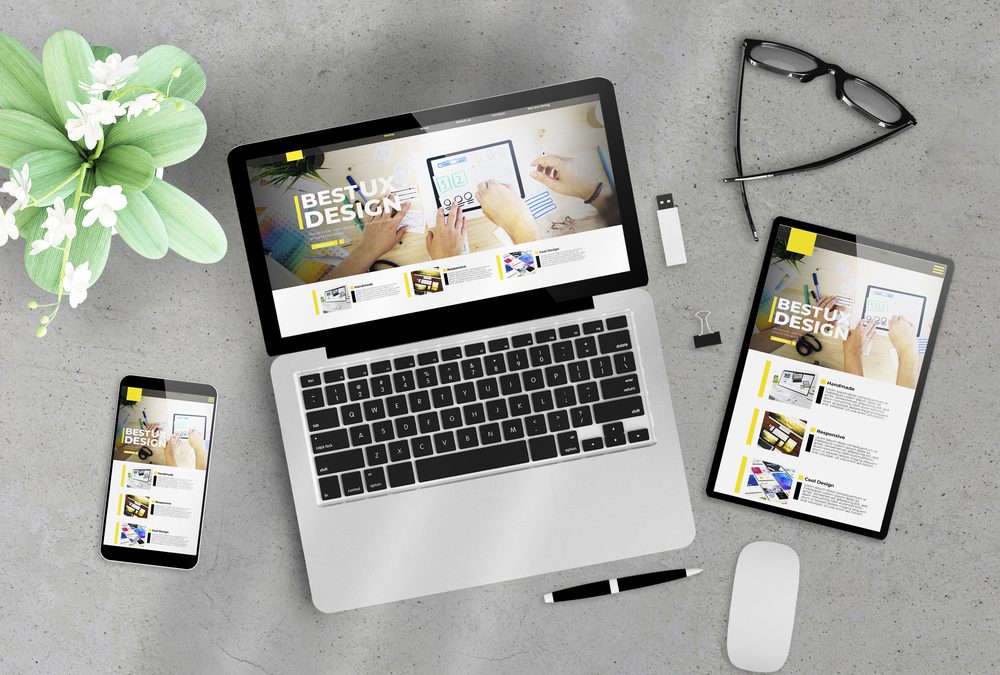The quality of your online user experience can be a make or break deal when it comes to conversions. Nobody wants to buy a product or subscribe to a blog, no matter how much they like it, if your site is difficult to navigate and use. Improving your user experience can really boost your business, and even your search result rankings.
Improving your website doesn’t have to be hard, you just need to know which factors to target.
3 Key Factors to Improve Your Website’s User Experience
User Friendly Navigation
One of the best ways to get customers, or potential customers, to stay on your website and purchase your products or services is making your website customer friendly. The Orlando Web Design page on our website increased conversions with just a few tweaks. If you have trouble getting from one place to another on your site, imagine what your audience is dealing with.
Make sure your website’s visitors can get from wherever they are to where they want to be. If they’re reading your blog, and want to go purchase a related product, make sure you give them any easy way to reach your products, and their shopping cart. That also means that your website navigation is one of the key elements in your site.
Keep things organized, and have a complete and clear sitemap, along with a good navigation bar. However, don’t get so involved in the menu and navigation bars that you forget one of the easiest ways to help customers find their way to interesting items.
Use your prime space to place ‘call to action’ buttons, where customers can reach their goal destination with a single click.
Fast, Responsive Pages
These days, we all hate waiting for a web page to load. It only takes a few seconds for the average browser to get frustrated and leave your page. Worse than missing a potential conversion is the very real possibility that they’ll leave your site and take their business to another competitor, with a faster loading website. We faced this issue ourselves on our Tampa Web Design page when it first launched. Try to keep your load time under two to three seconds whenever possible to avoid a drop in conversions.
It’s not only about speed, however. You also need to make sure your website can adapt to the different ways people visit your site. Gone are the days when people relied on a desktop or laptop computer to browse websites. Now, many people use their mobile devices, like tablets or smartphones, to get the information they need, when and where they need it.
In fact, more than half of people now use mobile devices to get online. Even google is making the switch to a mobile preferred format. If you only have a desktop friendly website, your visitors on mobile aren’t getting the best experience.
When it comes down to it, browsing a desktop site on a mobile device can get downright frustrating. You don’t have to make separate websites. If you use responsive web design, you’re covered on all fronts, and you ensure a better experience for all visitors, no matter how they’re browsing.
Appearance and Design
This might seem like a more superficial aspect of your website, but it actually plays into the overall user experience a lot. No matter how fast, responsive, or easy to navigate your site is, an unattractive web page will still lose visitors, and conversions as a result. You don’t need to pull out all the bells and whistles. However, you do need to have an attractive, clear design concept that follows your brand.
There’s a fine line between the balance of too many design elements and not enough. A little white space is good, and it gives visitors a break from too much visual action. However, when you can use up white space to add value, contribute to your design, and enhance your message, use that valuable space. There’s nothing wrong with experimenting to find the right balance.
One thing to keep in mind is that while it’s your brand’s site, it isn’t all about your brand. You need to think of your customers too, and keep your site interesting and engaging.
Conclusion
When it comes down to it, user experience can be simple and complex at the same time. However, when you have these three key factors to focus on, everything else is just fine tuning. The three take home points? Fast and mobile friendly sites, interesting (and on-brand) design, and intuitive navigation. If you think about your customers first, you really can’t go wrong.
Let our Orlando web design company help improve your website’s user experience for better conversions! Contact us today.
Stephan Boehringer is the CEO of Get The Clicks, a web marketing company. Stephan has over 20 years of experience in the field of web marketing, and has been a speaker and consultant for many years. Stephan is passionate about web marketing and helping their clients be the best they can be.
Stephan Boehringer graduated from the University of Florida with a Bachelor of Science in Business, Management, Marketing, and Related Support Services.




